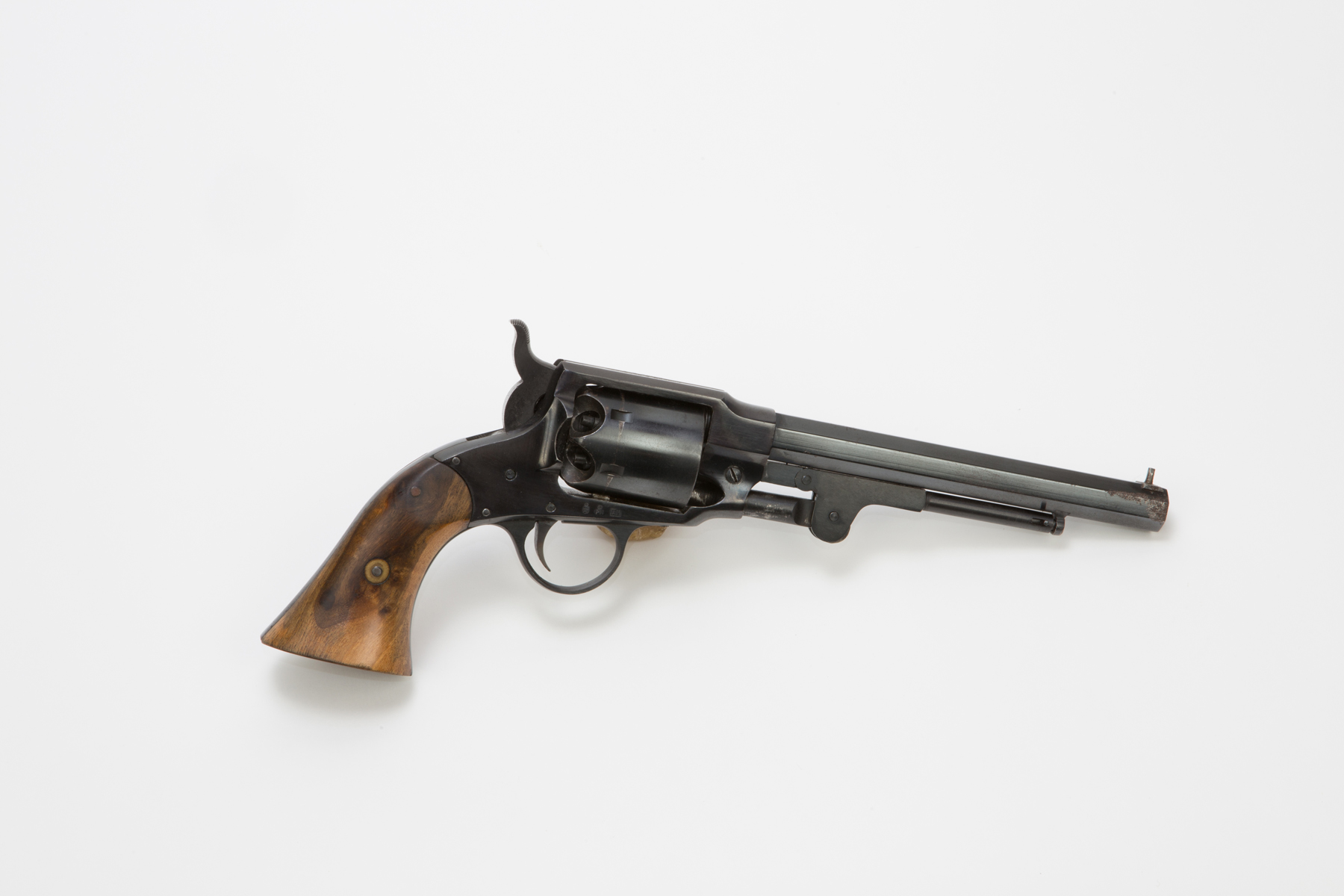Well, perhaps it is best to give a constructive criticism first and then go on with what I liked about the video. I think it would have been a good idea to mention that in the parts of the video where you are shooting almost directly at the camera, that no one is holding the camera. I realize it SHOULD be rather self explanatory, and perhaps I am a bit overly conscious of liability, but I think it would have been a good idea to mention that.
I liked the way you showed how to take out the cylinder and especially how to get the cylinder back in without damaging the hand and spring. I did not see a plethora of solid frame BP revolvers damaged by those who did not understand this, but I saw enough to make me appreciate you showing it. I think it would be a good idea to show how to choose the correct size of caps to use and put them on the nipples. Also, I think it would be good to demonstrate how to put the hammer down on an unloaded cylinder, though you did mention that in the video for safety reasons. Perhaps you mentioned these things in other videos and felt you did not need to do it in this one?
The internal lockwork parts of the R&S are different than other BP revolvers, but not hugely different. However, there are some noticeable differences I found between the Repro ones and the one original R&S Revolver I worked on at the 1998 World Muzzleloading Championships in Wedgnock, UK. The differences were not daunting, but even though I had worked a fair number of repro ones, I had to stop and think on that one original.
One last thing I found I REALLY liked about the R&S was that large grip, since I have large hands. It was/is a bit too big for folks with small hands, but many people preferred this grip for target shooting. However, the "sideways" flair at the bottom of the grip does mean the revolver doesn't roll in the hand as nicely for rapid cocking and firing. (The M 1860 Army Colt had what I consider the best grip for that.) However, the R&S grip is better for carefully aimed shots, IMO.
Gus






